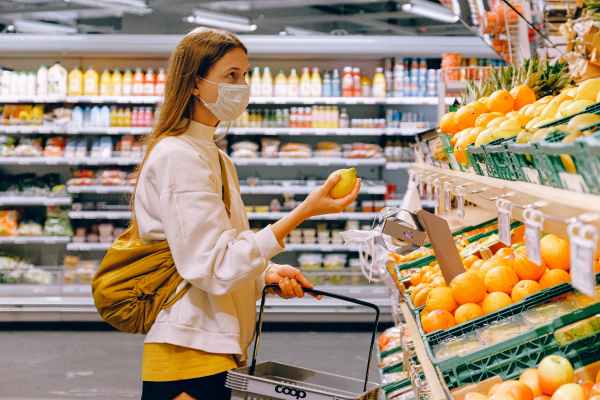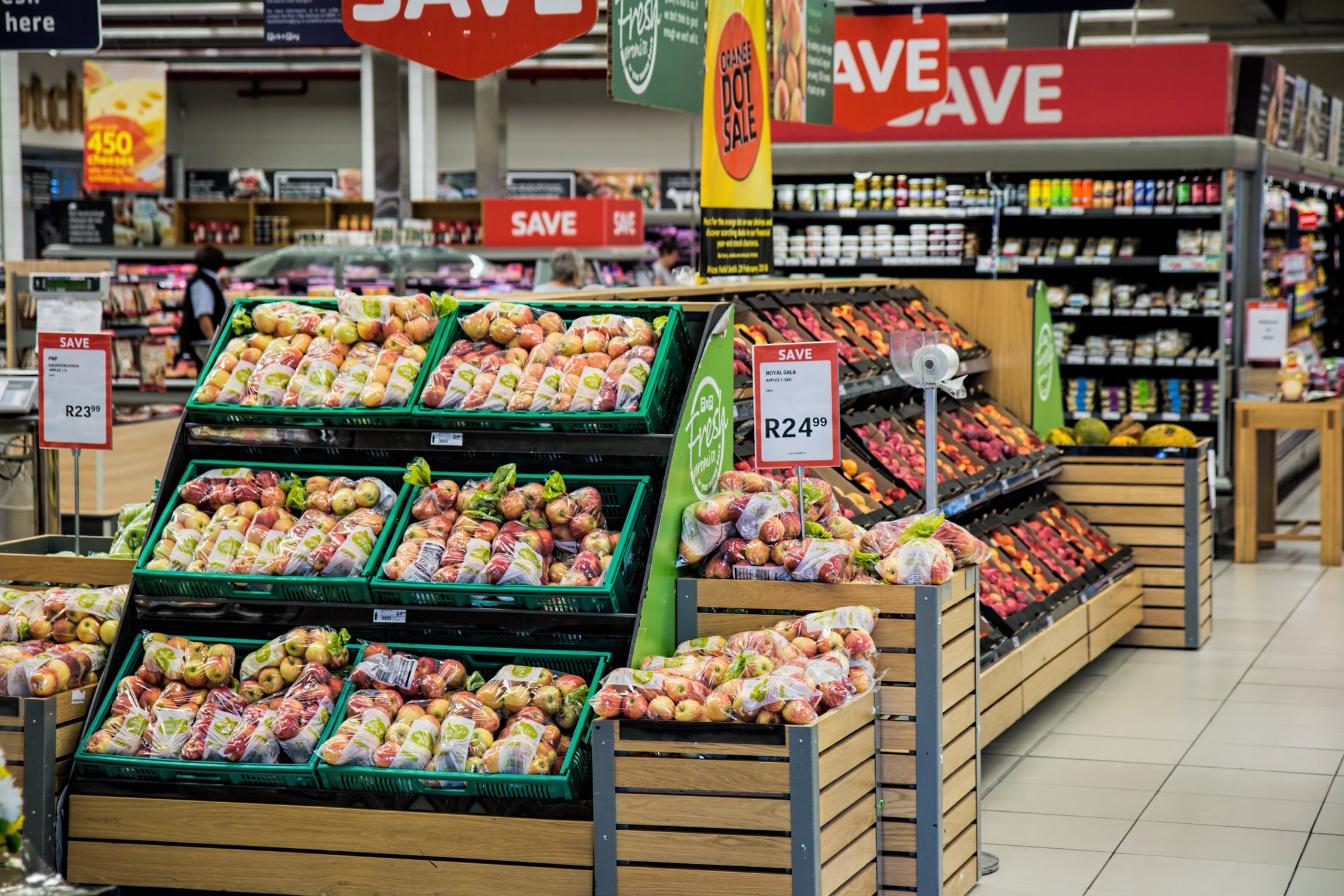
Even as e-grocery usage has skyrocketed in our coronavirus-catalyzed world, brick-and-mortar grocery stores have soldiered on. While strict in-store safety guidelines may gradually ease up, the shopping experience will still be low-touch and socially distanced for the foreseeable future.
This begs the question: With even greater challenges than pre-pandemic, how can grocers ensure their stores continue to operate profitably?
Just as micro-fulfillment centers (MFCs), dark stores and other fulfillment solutions have been helping e-grocers optimize profitability, a variety of old and new technologies can help brick-and-mortar stores remain relevant and continue churning out cash.
Today, we present three “must-dos” for post-pandemic retail grocers: rely on the data, rely on the biology and rely on the hardware.
Rely on the data

Image Credits: Pixabay/Pexels (opens in a new window)
The hallmark of shopping in a store is the consistent availability and wide selection of fresh items — often more so than online. But as the number of in-store customers continues to fluctuate, planning inventory and minimizing waste has become ever more so a challenge for grocery store managers. Grocers on average throw out more than 12% of their on-shelf produce, which eats into already razor-thin margins.
While e-grocers are automating and optimizing their fulfillment operations, brick-and-mortar grocers can automate and optimize their inventory planning mechanisms. To do this, they must leverage their existing troves of customer, business and external data to glean valuable insights for store managers.
Eden Technologies of Walmart is a pioneering example. Spun out of a company hackathon project, the internal tool has been deployed at over 43 distribution centers nationwide and promises to save Walmart over $2 billion in the coming years. For instance, if a batch of produce intended for a store hundreds of miles away is deemed soon-to-ripen, the tool can help divert it to the nearest store instead, using FDA standards and over 1 million images to drive its analysis.
Similarly, ventures such as Afresh Technologies and Shelf Engine have built platforms to leverage years of historical customer and sales data, as well as seasonality and other external factors, to help store managers determine how much to order and when. The results have been nothing but positive — Shelf Engine customers have increased gross margins by over 25% and Afresh customers have reduced food waste by up to 45%.
[ad_2]
Source link


